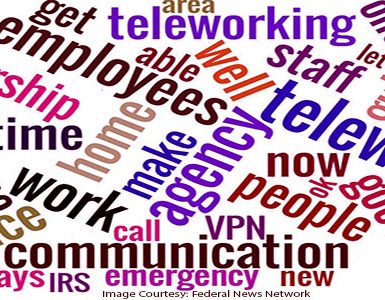The way in which we communicate with friends and family on a daily basis has changed since the telegram. Not to mention a telephone booth. Television has also transitioned from the black and white 1960’s Zenith wooden box TV set; to the consumer telling the remote to change the television channel. Furthermore, the way consumers consume content has changed tremendously.
Money, Power, Respect competition in the marketplace
When you turn on the television, there is now a variety of programming to select from. With the added luxury of paying a cable TV network service provider for additional channels expanding beyond the plug in antenna with high definition and color. Not certain if variety was thought out strategically by mainstream media generals, nonetheless we can now program the television set for a later time to watch a show. Television advertisers sure didn’t have a diverse target market back then, or understand their audiences purchasing power, but they knew “blacks” would be willing to spend on goods and services.
The variety of TV programming has changed since “A Different World.” Audiences didn’t have the access to tweet Whitley Gilbert and Dwayne Wayne a response to their relationship issues, or interact with the cast of the show like “Watch what happens Live with Andy” on Bravo. Moreover, there are a variety of ways in which a person can consume programming such as a smartphone mobile device, tablet, laptop, or desktop computer. Looking back to my undergrad years, at the University of the District of Columbia in 2010, the media industry has taken a major shift. Newspapers were not printing many volumes, website developers were highly sought after. And news anchors were being laid off in part due to the variety of news sharing sources such as blogs and bloggers. Other factors that impacted the industry shift such as independent media, and proximity.
With the introduction of the online content streaming and sharing service provider YouTube, it has enable independent media to leverage the use of social media tools to deliver programming at a much rapid rate, cost effective, and to a large audience locally and globally. This innovative way to deliver content to consumers proved to be most effective until 2016 when the content monetize feature created room for competition to exist in the marketplace. Who says competition can’t exist in the same marketplace? Mainstream media possibly since they want all the advertising revenue and the audience too. Well guess what, you can’t have your cake and eat it too. Maybe mainstream is having a challenge leveraging the new medium, but independent innovators managed to launch channels with no problem until apparently advertiser had a challenge aligning content with a friendly ad on the streaming service.
Have you not seen any over sexual advertisements lately that weren’t friendly for your child during a television program commercial break? Did you call the television network to complain, or stop buying that over sexual product? No. The online streaming service didn’t have any issue with finding ads featuring Goldman Sachs transporting pipes for content conveying to an audience about race. Or featuring an ADD medication during content, encouraging people to vote as the appropriate advertisement for the content. Since when did consumers care if the ads and the content aligned? If that is the case some markets are reporting false data.
This battle among the mainstream media generals and independent media has been a constant one and is heating up causing financial hardships on innovative content creators. Someone isn’t generating the revenue that has been projected in the data, and now the innovators have to suffer. This is not fair to freedom of the press, but perhaps Facebook will be the ultimate media clearing house for what constitutes as credible news and what ads match the content, what editorials need edits so forth and so on. I’m certain the Associated Press didn’t factor this method into journalism standards and will have to update their books to feature Facebook fake news versus real news.


















Add comment